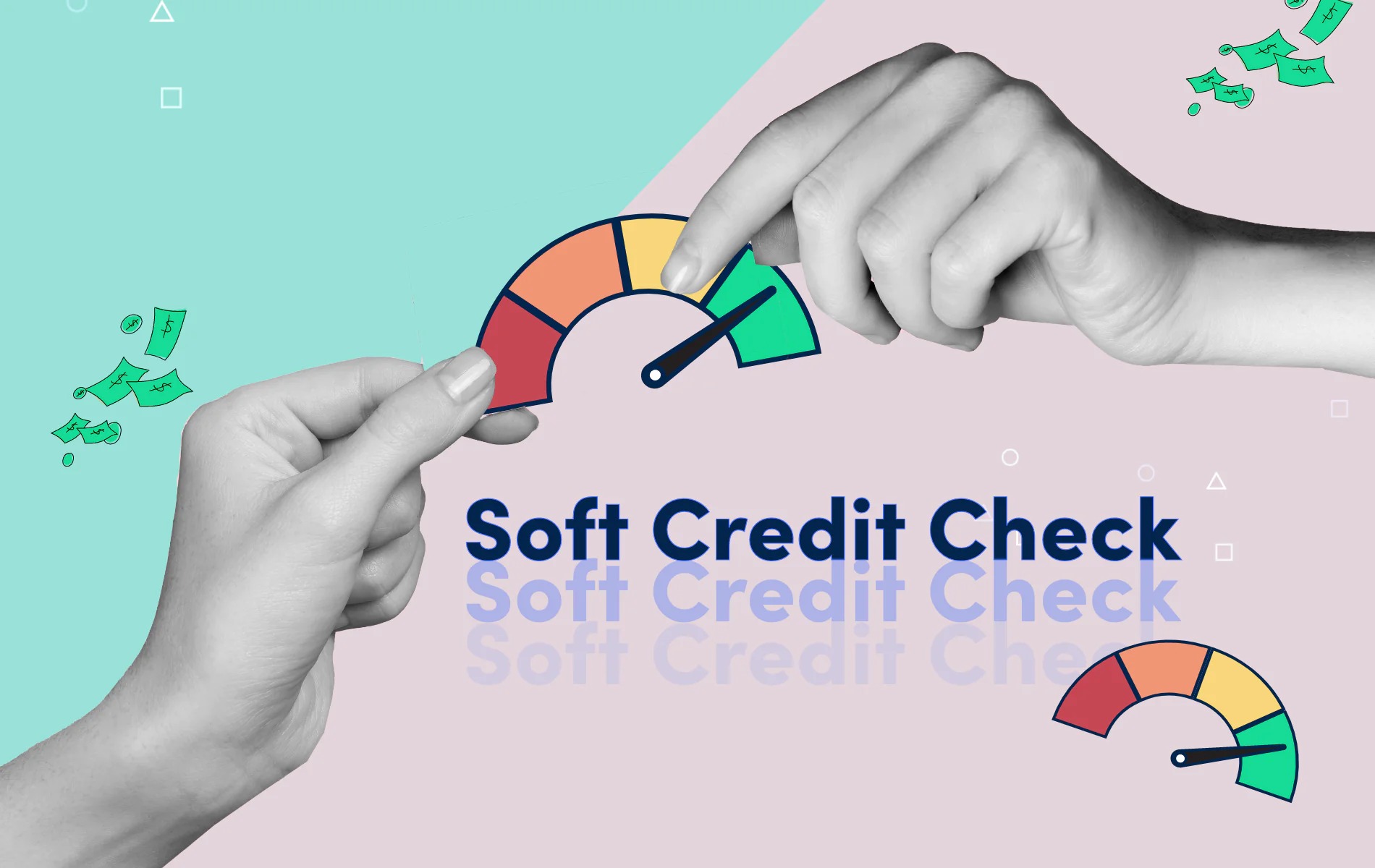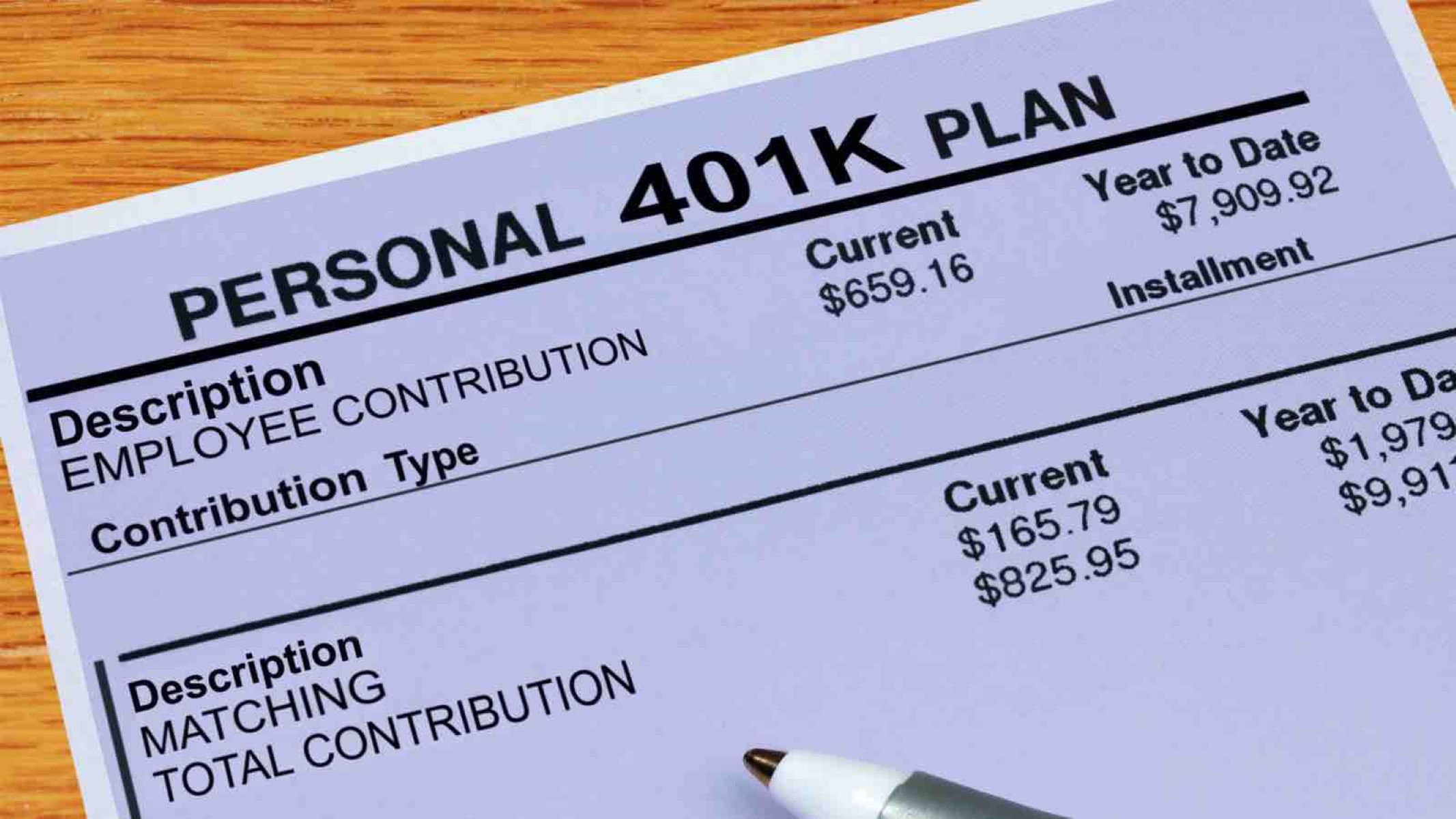

Finance
Soft Patch Definition
Published: January 30, 2024
Learn the meaning of soft patch in finance and its impact on the economy. Find out how it affects businesses and investment decisions.
(Many of the links in this article redirect to a specific reviewed product. Your purchase of these products through affiliate links helps to generate commission for LiveWell, at no extra cost. Learn more)
Understanding a Soft Patch in Finance
Welcome to our Finance category blog post! Today, we are going to delve into the topic of a soft patch in finance. If you’re wondering what a soft patch is, you’re in the right place! In this article, we will define what a soft patch is and explore its significance in the financial world.
Key Takeaways:
- A soft patch refers to a temporary period of economic slowdown or weakness.
- It is often characterized by a decrease in economic growth, low consumer spending, and sluggish business investments.
Now, let’s dive deeper into the concept of a soft patch and understand its implications.
A soft patch, in finance, is a phrase used to describe a temporary slowdown or weakness in the economy. It is a period when economic growth takes a dip, consumer spending decreases, and business investments become sluggish. This term is often used to describe short-term setbacks within an otherwise favorable economic environment.
During a soft patch, various factors can contribute to the slowdown. These may include global economic trends, changes in government policies, shifts in consumer behavior, or even natural disasters. Regardless of the cause, a soft patch is a normal part of the economic cycle and is typically followed by a recovery phase.
The Significance of Soft Patches
Soft patches are important to understand as they can have significant impacts on various aspects of the financial world. Here are a few key insights:
- Economic Indicators: Soft patches can be reflected in economic indicators such as GDP growth, employment rates, and stock market performance. Monitoring these indicators can provide valuable insights into the current state of the economy.
- Investment Strategies: Investors often consider soft patches when formulating their investment strategies. They may choose to adjust their portfolios based on the anticipated economic slowdown or take advantage of opportunities presented by market fluctuations.
- Government Actions: Soft patches may prompt governments to implement policies aimed at stabilizing the economy. These actions could include changes in interest rates, fiscal stimulus measures, or regulatory adjustments.
It is worth noting that the duration and severity of a soft patch can vary. Some soft patches may only last a few months, while others may persist for a few quarters. Economists and financial analysts closely monitor these periods and provide insights on the potential impact they may have on different industries and sectors.
In conclusion, a soft patch in finance represents a temporary period of economic weakness, where growth slows down, consumer spending decreases, and business investments become sluggish. While soft patches can impact various financial aspects, they are generally part of the economic cycle and usually followed by a recovery phase.
We hope this blog post has provided you with a clear understanding of what a soft patch is in finance. Stay tuned for more insightful articles in our Finance category!














